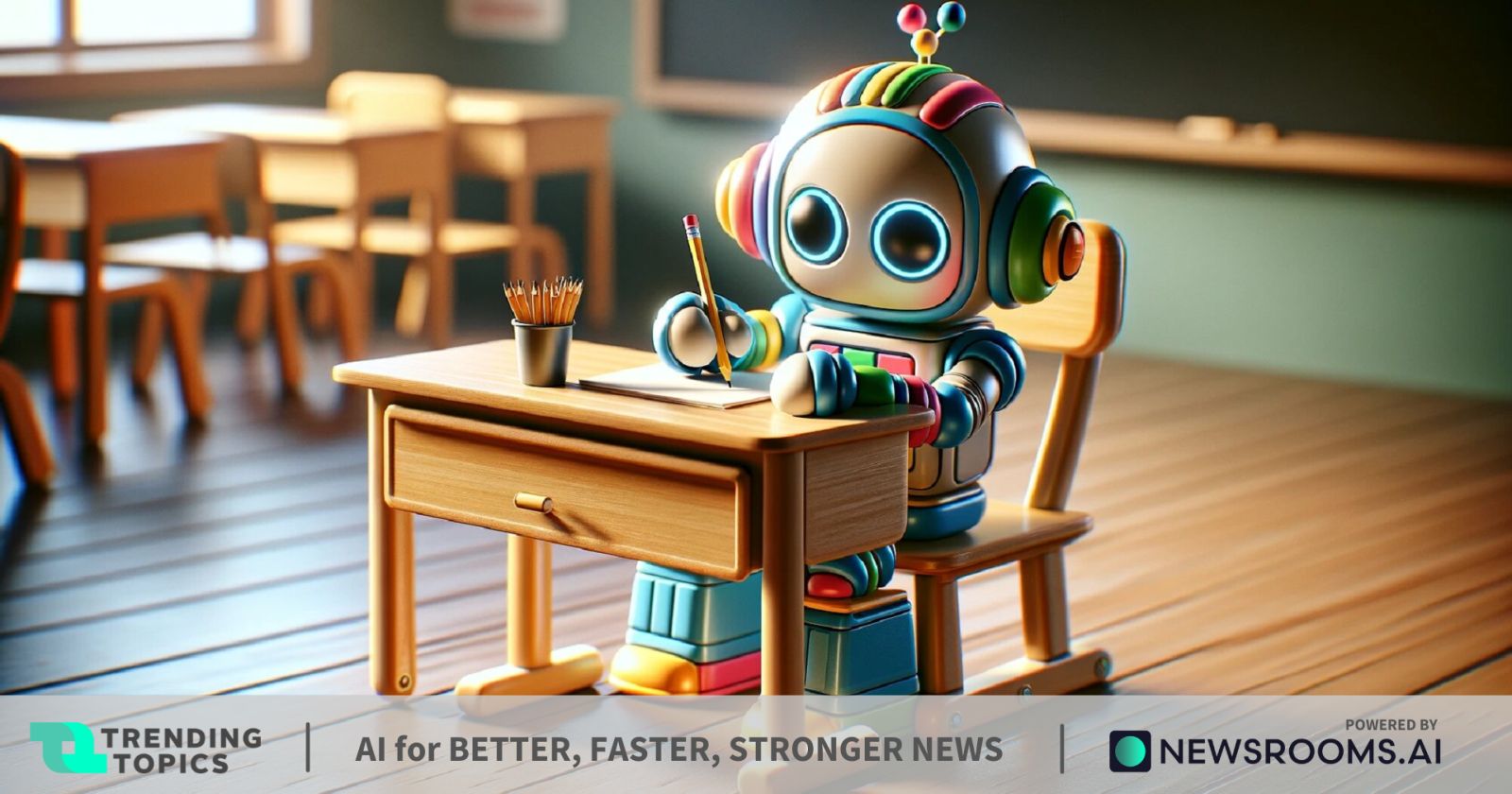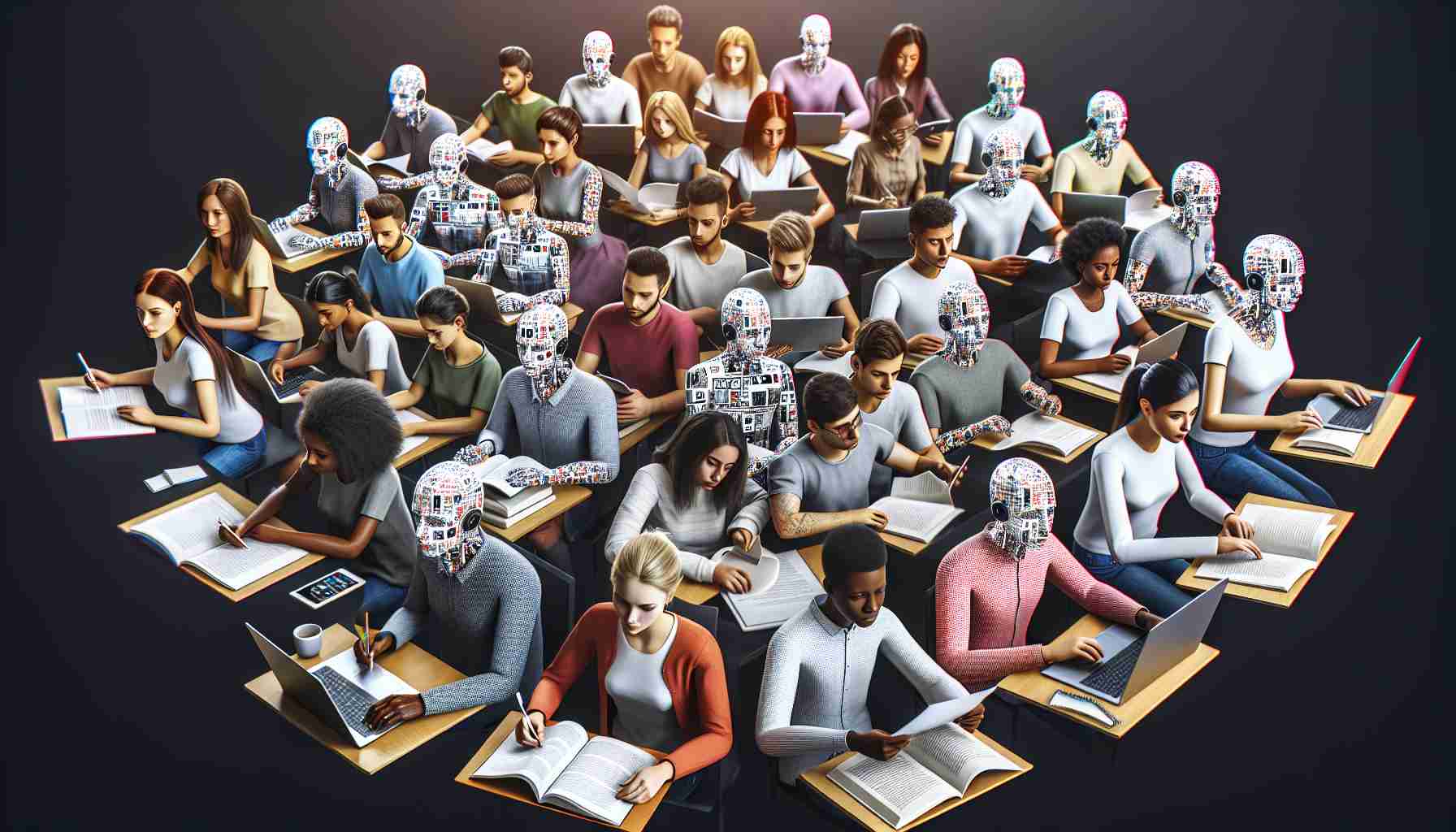For years, makes an attempt in fixing video games have been restricted to two-player video games (i.e., board video games corresponding to checkers, chess-like video games), the place the sport outcome may be effectively and exactly predicted utilizing synthetic intelligence (AI) search methods and a big quantity of gameplay statistics.
The determine depicts AI methods that use knowledge-driven methods to take care of unknown info whereas adopting data-driven methods to make use of the recognized info of the Minesweeper puzzle. The resultant findings set up the boundary situation for solvability in a single-player stochastic puzzle which is canonical to broad real-world issues. Image Credit: Hiroyuki Iida from Japan Advanced Institute of Science and Technology.
However, as puzzles are sometimes performed alone (single-player) and have distinctive options, such a technique and technique can’t be simply prolonged to the puzzle-solving space (corresponding to stochastic or hidden info). The problem then emerged as to how the AI approach may protect its efficiency when utilized to a single-agent puzzle whereas additionally addressing two-player video games.
For many years, puzzles and video games have been considered convertible or components of the identical factor. In actuality, this may increasingly not at all times be the case. From a sensible standpoint, we take care of “video games” on a day by day foundation: coping with the unfamiliar.
For instance, the uncertainty of making the right (i.e., marrying) or unsuitable (i.e., quitting a job) choice, or not making one in any respect (i.e., regrets about “what if”). Meanwhile, the time period “puzzle” refers to one thing that has been recognized to exist and even one thing that has but to be found.
A well known instance can be the invention of a “marvel” materials like graphene and its quite a few functions which have but to be marketed. However, in a problem-solving setting, the place and the way do one draw the road between “puzzle” and “sport”?
Professor Hiroyuki Iida and colleagues from the Japan Advanced Institute of Science and Technology (JAIST) tried to reply these two issues in their latest work printed in Knowledge-based Systems.
The paper focuses on two key contributions: (1) characterizing the solvability of a puzzle in a single-agent sport scenario utilizing the Minesweeper testbed, and (2) suggesting a brand new synthetic intelligence (AI) agent termed PAFG solver that employs a holistic composition of 4 approaches.
Using each recognized and unknown information from the Minesweeper puzzle, the recommended answer outperformed state-of-the-art analysis in fixing the puzzle.
To greatest leverage the recognized and unknown data concerning the present option to precisely estimate the upcoming choice, the researchers used an AI agent made of two knowledge-driven methods and two data-driven approaches. As a outcome, for a single-agent stochastic downside like Minesweeper, a border between the puzzle-solving and game-playing paradigm may be created.
In real-world challenges, the place the road between recognized and unknown is continuously hazy and troublesome to discern, such a circumstance may be very important.
With the aptitude of AI brokers to reinforce puzzle fixing efficiency, the boundary of solvability turns into obvious. Such a scenario allowed the clear definition of “puzzle” and “sport” situations, usually discovered in many real-life conditions, corresponding to figuring out high-stake funding, assessing the danger degree of an necessary choice, and so forth.
Hiroyuki Iida, Professor, Japan Advanced Institute of Science and Technology
In reality, people all reside in a minesweeper world, making an attempt to determine the best way to go ahead whereas avoiding the dreaded “bomb”.
With the fast development of present expertise and the supply of a brand new computing framework, many questions emerged (i.e., IoT, cloud-based companies, edge computing, neuromorphic computing, and so on.). This criterion may apply to people (i.e., technological affordance), communities (i.e., expertise acceptance), societies (i.e., tradition and norm) and maybe even nationwide ranges (i.e., coverage and guidelines adjustments).
Every day human exercise includes lots of “sport” and “puzzle” situations. However, mapping the solvability paradigm at scale, boundary situations between the recognized and the unknown may be established, minimizing the danger of the unknown and maximizing the profit of the recognized.
Ms. Chang Liu, Study Lead Author, Japan Advanced Institute of Science and Technology
“Such a feat is achieved by culminating knowledge-driven methods, AI expertise, and measurable uncertainty (corresponding to successful fee, success fee, progress fee, and so on.) whereas nonetheless preserving the puzzle enjoyable and difficult,” Ms. Liu added.
Journal Reference:
Liu, C., et al. (2022) A solver of single-agent stochastic puzzle: A case examine with Minesweeper. Knowledge-based Systems. doi.org/10.1016/j.knosys.2022.108630.
Source: http://www.jaist.ac.jp/english/
https://www.azorobotics.com/News.aspx?newsID=12896




